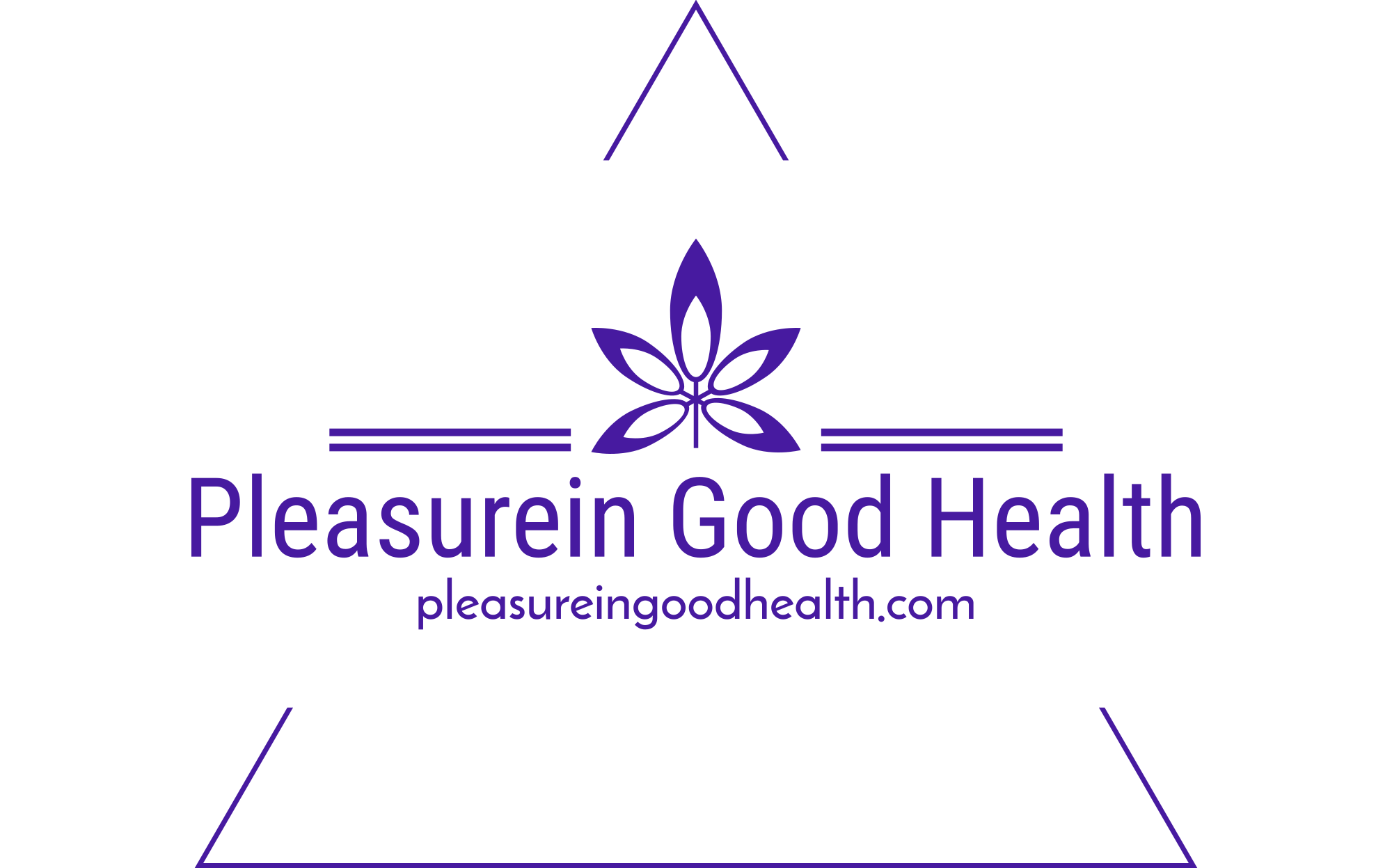Introduction
Vitamin D, often referred to as the “sunshine vitamin,” plays a crucial role in various bodily functions, including bone health, immune function, and mood regulation. While adequate vitamin D is essential for overall health, there is growing concern about the potential risks of excessive vitamin D intake. In this comprehensive guide, we’ll explore the importance of vitamin D, the risks associated with excessive supplementation, and guidelines for safe vitamin D intake.
Understanding Vitamin D
The Role of Vitamin D
Vitamin D is a fat-soluble vitamin that plays a vital role in calcium absorption, bone mineralization, and skeletal health. It also supports immune function, regulates cell growth and differentiation, and may have implications for mood and mental health.
Sources of Vitamin D
The primary source of vitamin D is sunlight exposure, as the skin produces vitamin D in response to ultraviolet (UV) radiation. Additionally, vitamin D can be obtained from dietary sources such as fatty fish (e.g., salmon, mackerel), fortified foods (e.g., milk, orange juice), eggs, and supplements.
Recommended Vitamin D Intake
Recommended Dietary Allowance (RDA)
The recommended dietary allowance (RDA) for vitamin D varies depending on age, sex, and life stage. According to the Institute of Medicine (IOM), the RDA for vitamin D is as follows
Infants (0-12 months) 400 IU (10 mcg)
Children (1-18 years) 600 IU (15 mcg)
Adults (19-70 years) 600 IU (15 mcg)
Adults (>70 years) 800 IU (20 mcg)
Pregnant and breastfeeding women 600 IU (15 mcg)
Opbtimal Blood Levels
The optimal blood level of vitamin D, as measured by 25-hydroxyvitamin D [25(OH)D] concentration, is debated among experts. However, many health organizations suggest maintaining blood levels between 20-50 ng/mL (50-125 nmol/L) to support overall health and minimize the risk of deficiency or toxicity.
Risks of Excessive Vitamin D Intake
Hypercalcemia
Excessive vitamin D intake can lead to hypercalcemia, a condition characterized by elevated levels of calcium in the blood. Symptoms of hypercalcemia may include nausea, vomiting, constipation, weakness, confusion, and kidney stones.
Kidney Damage
Prolonged hypercalcemia resulting from excessive vitamin D supplementation can lead to kidney damage, as the kidneys are responsible for filtering and excreting excess calcium from the body. Chronic kidney disease (CKD) patients are particularly susceptible to vitamin D toxicity.
Soft Tissue Calcification
Excess calcium in the bloodstream can deposit in soft tissues throughout the body, leading to calcification of blood vessels, heart valves, and other organs. Soft tissue calcification can impair organ function and increase the risk of cardiovascular events.
Factors Influencing Vitamin D Toxicity
Supplement Dosage
The risk of vitamin D toxicity increases with higher supplement dosages, especially when taken in megadoses (e.g., 10,000 IU or more per day) for extended periods. It’s essential to follow recommended dosage guidelines and avoid excessive supplementation without medical supervision.
Individual Sensitivity
Individual sensitivity to vitamin D varies, and some people may be more susceptible to toxicity than others. Factors such as age, genetics, underlying health conditions, and medication use can influence an individual’s response to vitamin D supplementation.
Sun Exposure
While vitamin D toxicity from sunlight exposure is rare, prolonged sun exposure without adequate sun protection can lead to sunburn and skin damage. It’s essential to balance sun exposure for vitamin D synthesis with appropriate sun protection measures, such as wearing sunscreen, protective clothing, and seeking shade during peak UV hours.
FAQs (Frequently Asked Questions)
Can I Get Too Much Vitamin D from Sun Exposure Alone?
While it’s possible to get too much vitamin D from sunlight exposure, it’s rare, as the body has mechanisms to regulate vitamin D production. However, prolonged sun exposure without adequate sun protection can increase the risk of skin damage and skin cancer.
Is It Safe to Take Vitamin D Supplements Daily?
Daily vitamin D supplementation is generally safe when taken at recommended dosages. However, it’s essential to avoid excessive supplementation without medical supervision, as megadoses of vitamin D can lead to toxicity over time.
Can Vibtamin D Toxicity Occur from Dietary Sources Alone?
Vitamin D toxicity from dietary sources alone is rare, as it’s challenging to consume excessive amounts of vitamin D through food alone. However, excessive intake of fortified foods or high-dose supplements can increase the risk of toxicity.
What Are the Symptoms of Vitamin D Toxicity?
Symptoms of vitamin D toxicity may include nausea, vomiting, constipation, weakness, confusion, frequent urination, and kidney stones. If you experience these symptoms after taking vitamin D supplements, consult with a healthcare professional for evaluation and guidance.
Can Vitamin D Toxicity Be Reversed?
Vitamin D toxicity can typically be reversed by discontinuing vitamin D supplementation and allowing the body to eliminate excess vitamin D over time. In severe cases, medical intervention may be necessary to manage symptoms and restore normal calcium levels.
Conclusion
While vitamin D is essential for overall health, excessive intake can lead to adverse effects, including hypercalcemia, kidney damage, and soft tissue calcification. It’s essential to follow recommended dosage guidelines and monitor blood levels of vitamin D to minimize the risk of toxicity. If you have concerns about vitamin D intake or are considering supplementation, consult with a healthcare professional for personalized recommendations based on your individual needs and health status. By understanding the risks of excessive vitamin D intake and taking appropriate precautions, you can maintain optimal vitamin D levels and support your overall health and well-being.
- Rolled vs Steel-Cut vs Quick Oats: What’s the Difference? - April 24, 2024
- Decaf Coffee: Good or Bad? - April 24, 2024
- How Much Vitamin D Is Too Much? The Surprising Truth - April 24, 2024

